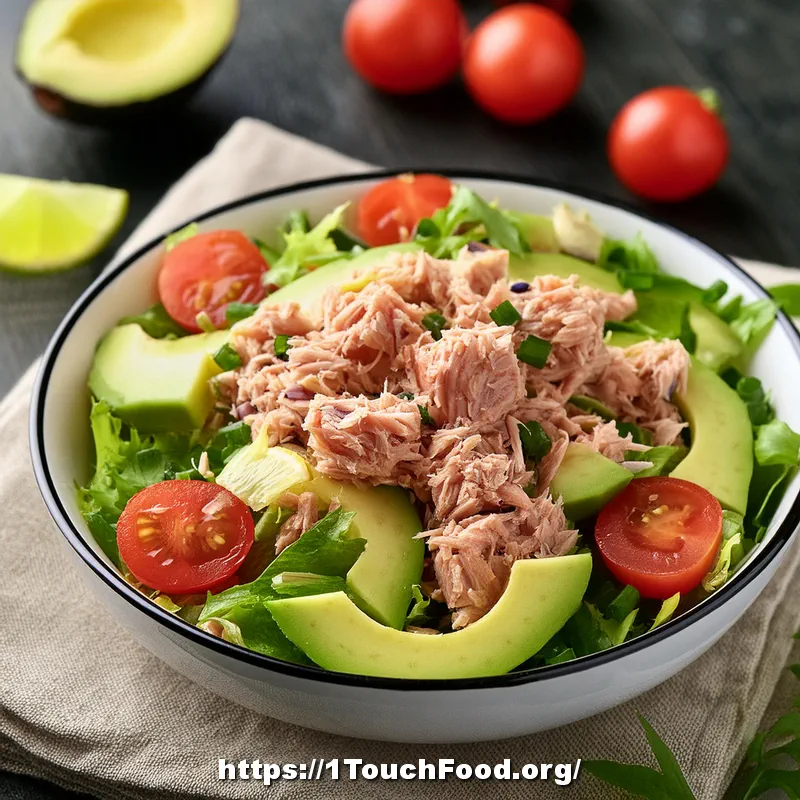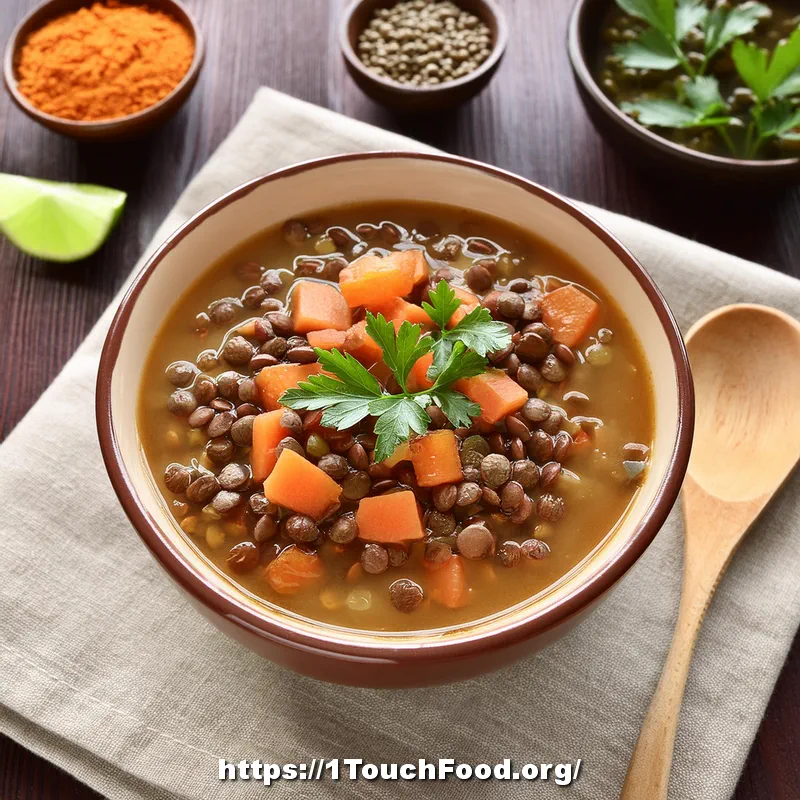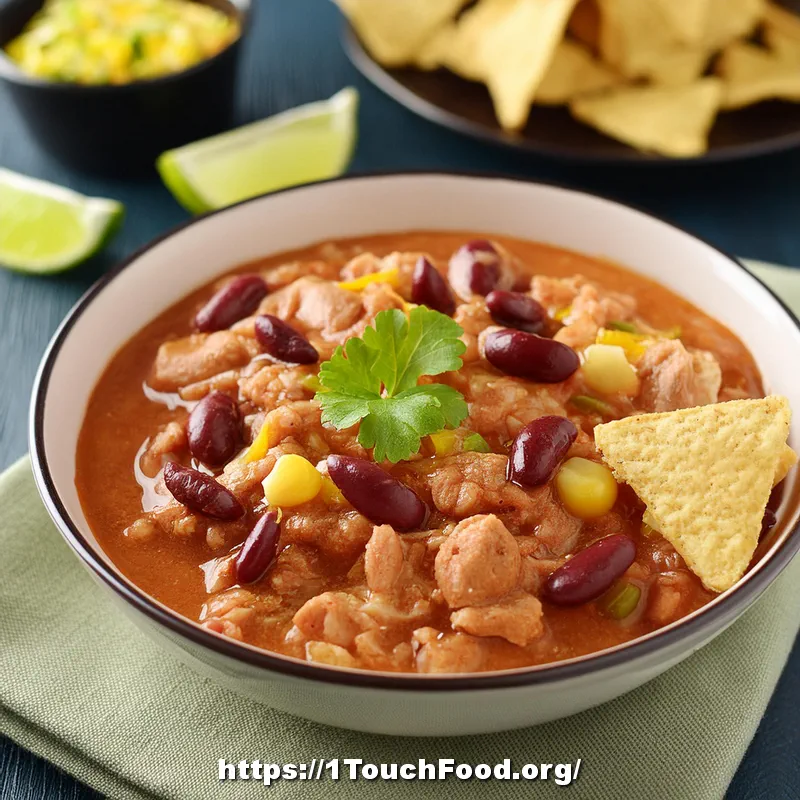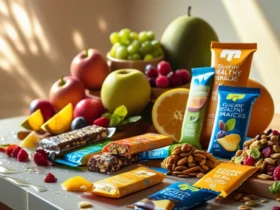Understanding Glycemic Index in Sports: Power, Energy, Success

Introduction to Understanding Glycemic Index in Sports
For athletes and fitness enthusiasts, nutrition is a cornerstone of performance. One key concept that has gained significant attention in sports nutrition is understanding glycemic index in sports. The glycemic index (GI) measures how quickly carbohydrate-containing foods raise blood sugar levels, directly impacting energy availability and endurance during physical activity.
Whether you’re a marathon runner, a weightlifter, or a weekend warrior, grasping the role of GI can transform how you fuel your body for optimal results. By strategically incorporating low GI foods and effective blood sugar management, athletes can sustain energy, enhance recovery, and improve overall performance. In this article, we’ll explore the science behind the glycemic index, its benefits for athletes, and practical ways to apply this knowledge. Let’s dive into why understanding glycemic index in sports is a game-changer for your training and competition goals.
This first part will lay the foundation by defining the glycemic index and highlighting its benefits for athletes. Subsequent sections in Steps 2 and 3 will delve deeper into blood sugar management, low GI foods, and actionable strategies to integrate GI into your sports nutrition plan.
What Is the Glycemic Index?
Defining the Glycemic Index
The glycemic index (GI) is a numerical scale from 0 to 100 that ranks carbohydrate-containing foods based on how quickly they raise blood glucose levels after consumption. Foods are compared to a reference standard (usually pure glucose, which scores 100). Low GI foods (55 or less) cause a gradual rise in blood sugar, while high GI foods (70 or above) trigger a rapid spike.
Medium GI foods fall between 56 and 69. For athletes, understanding glycemic index in sports means recognizing how different foods affect energy availability during training or competition. For instance, a high GI food like white bread may provide a quick energy boost, while a low GI food like quinoa offers sustained energy release, crucial for endurance activities.

Why GI Matters in Sports
In sports, energy management is critical. Carbohydrates are the body’s primary fuel source, broken down into glucose to power muscles. The speed at which this glucose becomes available depends on a food’s GI. By choosing foods with appropriate GI values, athletes can tailor their energy intake to match the demands of their activity. Understanding glycemic index in sports empowers athletes to make informed dietary choices, optimizing performance and recovery.

Benefits of Glycemic Index for Athletes
Sustained Energy for Endurance
One of the primary benefits of understanding glycemic index in sports is the ability to maintain consistent energy levels. Low GI foods, such as whole grains, legumes, and certain fruits, release glucose slowly into the bloodstream. This gradual release helps athletes avoid energy crashes during long workouts or competitions. For example, a marathon runner might eat a low GI meal like oatmeal with berries hours before a race to ensure a steady energy supply. This approach supports endurance by keeping blood sugar stable, reducing fatigue, and enhancing stamina.
Improved Recovery with Blood Sugar Management
Effective blood sugar management is another advantage of leveraging GI in sports. After intense exercise, muscles need to replenish glycogen stores, which are depleted during activity. Consuming moderate to high GI foods post-workout can accelerate glycogen restoration due to their faster glucose delivery. For instance, a post-workout snack like a banana (medium GI) paired with a protein source can kickstart recovery. By understanding how to balance low and high GI foods, athletes can optimize both immediate energy needs and long-term recovery.
Enhanced Performance Through Strategic Timing
Timing is everything in sports nutrition. Understanding glycemic index in sports allows athletes to strategically time their carbohydrate intake. Low GI foods are ideal for pre-workout meals consumed 2–3 hours before exercise, providing sustained energy. Conversely, high GI foods can be useful during or immediately after exercise to quickly replenish energy stores. For example, a cyclist might consume a high GI energy gel during a race for an instant energy boost. This strategic use of GI enhances performance by aligning energy availability with the body’s demands.

Mastering Blood Sugar Management for Athletic Performance
Why Blood Sugar Management Matters
Blood sugar management is a cornerstone of sports nutrition, directly influencing energy levels, focus, and recovery. For athletes, maintaining stable blood glucose levels prevents the highs and lows that can impair performance. When blood sugar spikes rapidly (as with high GI foods), it can lead to a quick burst of energy followed by a crash, leaving athletes fatigued. Conversely, stable blood sugar supports consistent energy delivery, crucial for endurance sports like running or cycling. Understanding glycemic index in sports empowers athletes to choose foods that align with their energy needs, ensuring optimal performance during training or competition.
Strategies for Effective Blood Sugar Control
To achieve effective blood sugar management, athletes should prioritize low to medium GI foods for pre-exercise meals. For example, a meal of lentils (low GI) with grilled chicken and vegetables 2–3 hours before a workout provides sustained energy without drastic blood sugar fluctuations. During prolonged activities, such as a triathlon, small doses of high GI foods like energy gels can provide quick energy without overloading the system. Post-exercise, combining moderate GI foods (e.g., sweet potatoes) with protein aids in glycogen replenishment and muscle repair. Hydration also plays a role, as dehydration can exacerbate blood sugar swings. By timing carbohydrate intake and balancing GI, athletes can maintain steady energy and enhance performance.
Avoiding Common Pitfalls
One common mistake is over-relying on high GI foods, which can lead to energy crashes. For instance, consuming sugary drinks or candy before a long workout may cause a rapid blood sugar spike followed by fatigue. Instead, athletes should focus on balanced meals and snacks that incorporate fiber, protein, and healthy fats alongside low GI carbohydrates. Blood sugar management also involves monitoring portion sizes, as excessive carbohydrate intake, even from low GI foods, can still cause unwanted spikes. By understanding how different foods affect glucose levels, athletes can make informed choices to sustain energy and avoid performance dips.

The Power of Low GI Foods in Sports Nutrition
What Are Low GI Foods?
Low GI foods have a glycemic index of 55 or less, meaning they cause a gradual rise in blood sugar, providing sustained energy. Examples include whole grains (quinoa, barley), legumes (chickpeas, black beans), most fruits (apples, berries), and non-starchy vegetables. These foods are rich in fiber, which slows digestion and glucose absorption, making them ideal for athletes seeking long-lasting fuel. Understanding glycemic index in sports involves recognizing how low GI foods can be strategically used to support training and recovery goals.
Benefits of Low GI Foods for Athletes
Incorporating low GI foods into an athlete’s diet offers multiple benefits. First, they provide steady energy release, critical for endurance activities like marathon running or long-distance cycling. For example, a pre-race breakfast of oatmeal with nuts and berries can fuel an athlete for hours without causing energy crashes. Second, low GI foods support better blood sugar management, reducing the risk of fatigue or irritability during competition. Third, they promote satiety, helping athletes maintain a healthy weight and avoid overeating. For strength athletes, low GI foods consumed throughout the day can support consistent energy for intense training sessions.
Practical Ways to Include Low GI Foods
Athletes can easily integrate low GI foods into their diets with simple swaps and meal planning. For breakfast, replace white toast with whole-grain bread topped with avocado. For lunch, opt for a quinoa salad with grilled vegetables and lean protein instead of a high GI pasta dish. Snacks like Greek yogurt with berries or hummus with carrot sticks are low GI options that keep energy levels stable. When planning meals, combine low GI foods with protein and healthy fats to further slow glucose release. For example, a dinner of baked salmon, lentils, and roasted broccoli provides balanced nutrition for recovery and performance. By prioritizing these foods, athletes can optimize their nutrition for both training and competition.

Comparing High and Low GI Strategies for Athletes
High GI vs. Low GI: Key Differences
Choosing between high and low GI foods depends on an athlete’s timing and goals. High GI foods, like white rice or energy gels, provide quick energy bursts, ideal for mid-exercise or post-workout recovery. Low GI foods, such as oats or lentils, release energy slowly, making them perfect for pre-workout meals or daily nutrition. The table below highlights their applications:
|
Aspect |
High GI Foods |
Low GI Foods |
|---|---|---|
|
GI Range |
70 or above |
55 or below |
|
Examples |
White bread, sports drinks, candy |
Quinoa, apples, chickpeas |
|
Energy Release |
Rapid, short-lived |
Gradual, sustained |
|
Best Use |
During/post-exercise for quick recovery |
Pre-exercise or daily for steady energy |
|
Impact on Blood Sugar |
Sharp spike, potential crash |
Stable, minimal fluctuations |
Strategic Use for Performance
High GI foods are best for immediate energy needs, such as during a marathon or after intense strength training. However, relying solely on them can lead to energy crashes. Low GI foods support endurance activities, like long-distance cycling, by maintaining steady glucose levels. Athletes can optimize performance by combining both based on activity demands, ensuring energy aligns with training or competition needs.

Practical Tips for Applying Glycemic Index in Sports Nutrition
Building a GI-Based Meal Plan
To apply GI principles, plan meals around your training schedule. For pre-workout meals (2–3 hours before), opt for foods like a quinoa bowl with grilled chicken and vegetables for steady energy. During prolonged activities, use high GI snacks like bananas or energy gels for quick fuel. Post-workout, pair moderate GI foods, such as sweet potatoes, with protein—like a turkey wrap with hummus—to support recovery. Example: Start your day with oatmeal and berries, sip a sports drink mid-workout, and recover with a mango-protein smoothie.
Timing and Portion Control
Timing is key to effective nutrition. Eating slow-digesting foods too close to exercise may delay energy availability, while high GI foods consumed too early can cause energy dips. Aim for 30–60 grams of carbohydrates per meal, adjusted for body size and activity intensity. Pair low GI options with fiber, protein, and healthy fats—like avocado on whole-grain toast—to stabilize glucose and enhance satiety. Proper portion control prevents overconsumption, supporting consistent performance.
Personalizing Your Approach
Individual needs vary based on metabolism, sport type, and training intensity. Endurance athletes may benefit most from low GI options for sustained energy, while sprinters might prefer high GI foods for quick bursts. Test different foods during training to find what works, and consider consulting a sports nutritionist for tailored advice. Tracking energy and performance can help refine your GI strategy for optimal results.

FAQs about Glycemic Index in Sports Nutrition
What Is the Glycemic Index, and Why Does It Matter for Athletes?
The glycemic index ranks foods based on how fast they raise blood sugar, affecting energy availability. For athletes, it’s a tool to choose foods that optimize performance, endurance, and recovery through strategic nutrition.
Are Low GI Foods Suitable During Exercise?
Low GI foods digest slowly, making them less ideal during exercise. High GI options like energy gels or sports drinks provide faster energy. Use low GI foods for pre- or post-workout meals to maintain stable glucose levels.
How Can Athletes Balance High and Low GI Foods?
Balance depends on timing: low GI foods for pre-workout or daily nutrition, high GI during or after exercise for quick energy or recovery. Pair with protein and fats to stabilize glucose.
Are All Low GI Foods Healthy for Athletes?
Not always. While foods like whole grains and legumes are nutrient-rich, some low GI options (e.g., ice cream) may lack nutritional value. Prioritize whole, unprocessed foods for the best outcomes.
Conclusion
Mastering the glycemic index in sports nutrition empowers athletes to fuel their bodies for peak performance. By balancing high and low GI foods, you can sustain energy, speed up recovery, and align nutrition with your goals. This guide has provided the science, strategies, and practical tips to apply GI effectively, from meal planning to personalized approaches. Whether you’re running marathons or lifting weights, these insights can give you a competitive edge. With this three-part series complete, you’re equipped to optimize your nutrition and excel in your sport. Start applying these principles today to unlock your full potential.
Enjoy! See our youtube. Quench your thirst and revitalize your body with our collection of refreshing and hydrating recipes. All athletes must pay close attention to their nutrition to achieve optimal performance. You can see CookBook for athletes and Building a Bigger Butt. Its very useful for athletes.













Leave a Reply